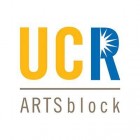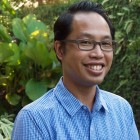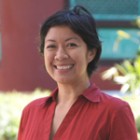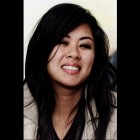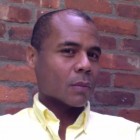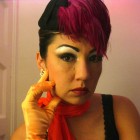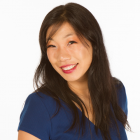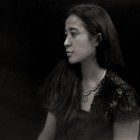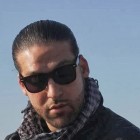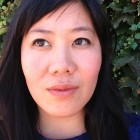Interview via E-Mail
February 3, 2014
Matthew Andrews, CA+T Interviewer
Gina Osterloh, Artist
Matthew Andrews: How did you get started in art (e.g., as a child, in school)?
Gina Osterloh: I had an amazing drawing teacher freshman year of high school in Ohio. The world didn’t look the same after that—that class taught me how to see. I equate it to taking mushrooms without taking mushrooms. I didn’t get to take another art class until undergrad in Chicago as electives. My last year of undergrad at DePaul they got a photo darkroom—I was officially hooked on photo. I wandered around San Francisco, taking classes at San Francisco City College (it was $13 a unit) and where I could get access to a darkroom. I got a staff job at the California College of Arts and Crafts, then with encouragement by Tammy Rae Carland, I went to the University of California, Irvine to get my M.F.A.1 I was lucky to get in, and it changed my life.
MA: What is your creative process when beginning a piece (mental and physical)?
GO: I am constantly making. Sometimes I can’t afford a studio so I draw in notebooks, planning new photo shoots, and I write. I like theory, but then I get impatient and have to make work. It’s important for me to work in space physically, [so] I make spaces for the camera.
MA: You work within various mediums, including photography, video, and performance. Does your creative process differ by medium? How so or how not?
GO: Ways of seeing via the camera and photography—from the collapse of three-dimensional space onto a flat plane to questions of representation and visibility—all drive my practice. In turn, I have found by embracing an expanded field of photography, my work can occupy a multiplicity of forms, aesthetics, and sites in order to address a larger field of research, including individual and group identity, call and response processes, as well as the physiological and phenomenological aspects of vision and perception.
MA: Your photographic pieces in Queer Sites and Sounds, such as Anonymous Front and New Family of Chance, challenge viewers' fields of vision, in which it can be difficult to distinguish the boundaries between the figures at the center and the surrounding environment. Could you speak about this?
GO: Through a desire to disrupt portraiture’s process of naming and fixity, specific visual strategies have developed in my work: the “void” or “blank” to blot out the subject’s face, and camouflage or the act of mimicking the visual language of one’s surroundings. My photographs investigate camouflage as a visual strategy that loosens the fixed skin/boundaries of the figure as well as single point perspective. Through play with pattern and mark-making I want to create an unstable relationship between foreground, figure-ground, and background. With this said, this undoing is only possible via the field of vision through the camera, through the photograph’s inherent capability to flatten space.
MA: How did you come up with the idea for your performance piece Prick, Prick, Prick!?
GO: Prick, Prick, Prick! is part of ongoing performance research examining call and response relationships between the body and the photographic frame, as well as verbal language, gesture, and mark-making. When I first performed the piece last summer at the Armory Center for the Arts in Pasadena, as the words, “Slice, Strike, Make a ‘X’, Prick!” are shouted by artist Michelle Dizon and audience members, I respond with slices and punctures into the paper.
The performance is a continuation of questions I have been asking for years through my photographs. How is the body, the non-verbal self, marked by social constructs? It is clearly shaped by language, a continual call and response relationship, but what might this language look like? Prick, Prick, Prick! attempts to lay these marks bare.
Again, as you can see through my photographs—I have been working with the constructed set—set walls and paper, to represent space and the body. With this said, I wanted to address underlying questions through the expanded field of photography, not just the physical photograph. If were to ask the same questions in peformative real time/space—what might this look like?
MA: You have also described the piece as a "re-performance" of Saburo Murakami’s 1955 Gutai performance. Could you elaborate on the potential (e.g., thematic, aesthetic) you see in this "re-performance," specifically in having a female body in place of the original male body?
GO: Prick, Prick, Prick! is inspired by the paintings of Lucio Fontana, the photographs of Annegret Soltau, as much as Saburo Murakami’s 1955 Gutai performance “Work (Six Holes)” in which he gouged holes into a large paper frame. I would call it a re-performance that examines the body traversing and punching the screen, repetition and rhythm produced by speech and actions, and the potential of the female body making marks onto the screen/ color field in place of the original male body.2
I cannot speak about the “end meaning” in regards to switching gender. I would ask if we can consider the piece in relationship to my photographs, and the works of Fontana and Soltau, as much as Murakami. Speaking from personal intent as an artist, the paper wall is a representation of social constructs, language, existential being, and knowledge. We can position the work in a multitude of lineages—ontology, identity politics and the history of the gaze, the history of color field painting, and hopefully new possibilities through the expanded field of photography—along with a spirit of play!
MA: What inspires you and why?
GO: The arc of my work began out of frustration with portraiture’s innate ability to name and fix the subject. It’s inherent because photography grows out of western perspective and inherently voyeuristic tools of representation. In real life this frustration came from the inadequacy of language to address identity. I am inspired by Louis Althusser’s philosophy of interpellation, call and response as creation of the subject.3 Each of us participates in this call and response relationship everyday—between self and our environment, self and language, self and the law—it's a relationship that is both intimate and violating, re-inscribed through repetition. In my work, it’s a call and response relationship between the body and the photographic field. For me, the key is repetition—where in repetition might there be slippage, how/where can each individual articulate their own voice, their own agency in order to tear open new possibilities in language, a body politic, and identity.
1 Editor's note: Tammy Rae Carland is a zine editor, artist, and Associate Professor at the California College for the Arts. Her biography can be found on her website: http://www.tammyraecarland.com/bio.htm.
2 My ideas in this section stemmed from a December 14, 2013 email exchange with French-Japanese curator Nine Yamamoto-Masson, based in Berlin.
3 Editor's note: According to Althusser, individuals are “interpellated”—located and fixed—within socially structured identities by being “hailed”—named or recognized—by powerful Ideological State Apparatuses (ISAs) such as the state, school systems, church or work. For example, when the state hails an individual as (not) a citizen, that individual is then bound by his/her own and others’ expectations of what a citizen is: someone who can(not) make certain claims upon the government, who adheres (or not) to certain ideals of patriotism and civic responsibility. For more about ISAs, see Louis Althusser, “Ideology and Ideological State Apparatuses: Notes Toward an Investigation,” Lenin and Philosophy (New York: Monthly Review Press, 1971), 1-60.
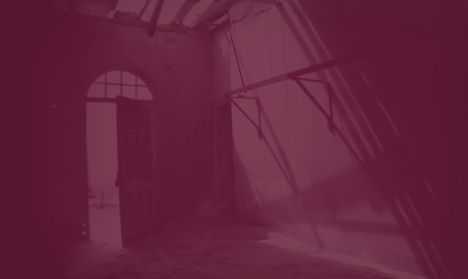
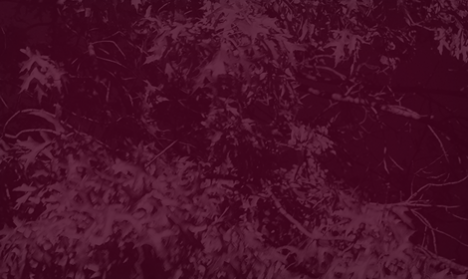
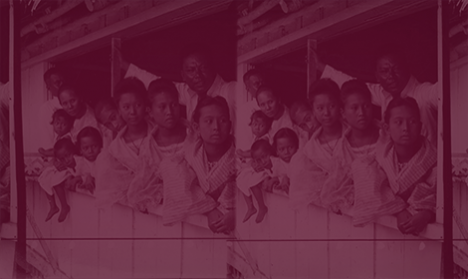
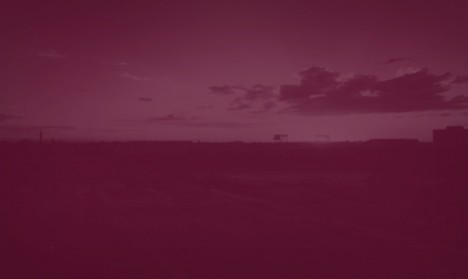
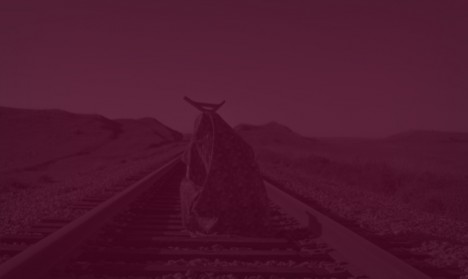
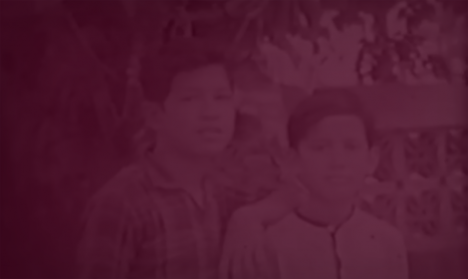
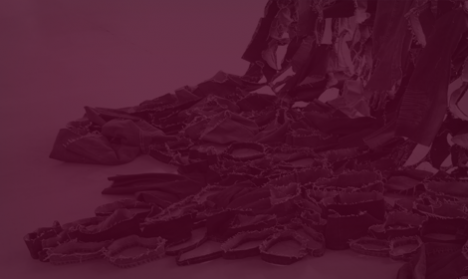
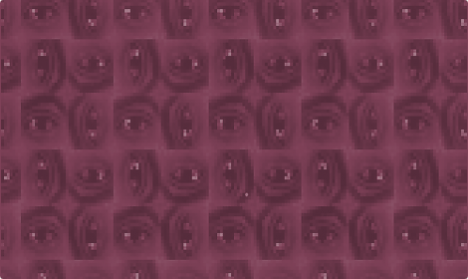
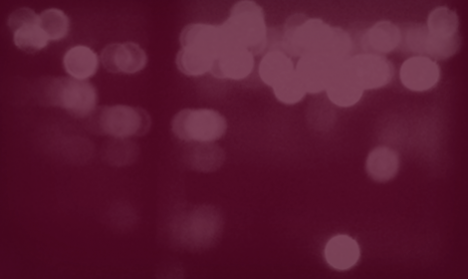
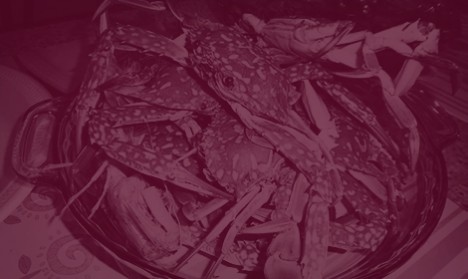
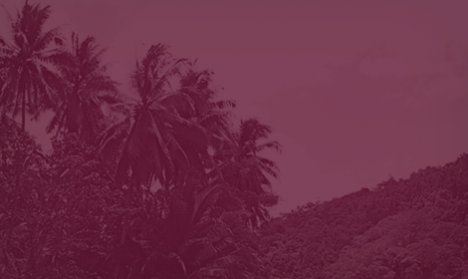

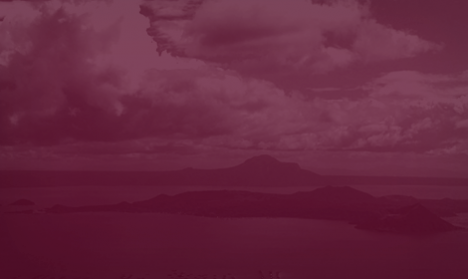
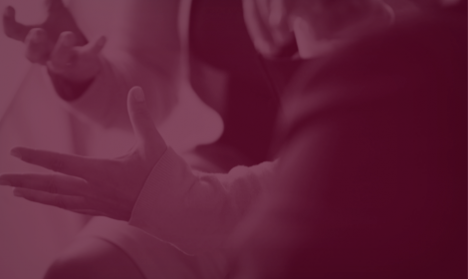
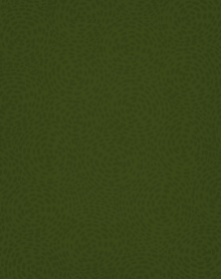
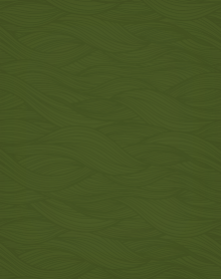
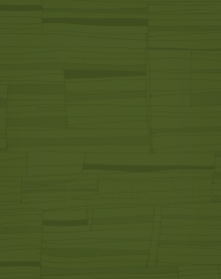
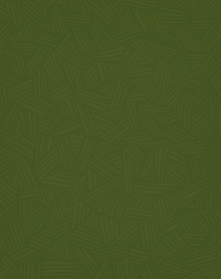
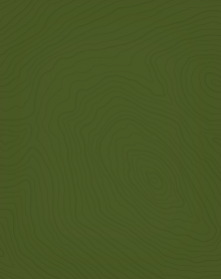
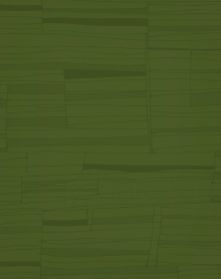
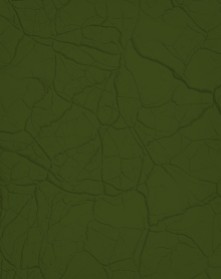
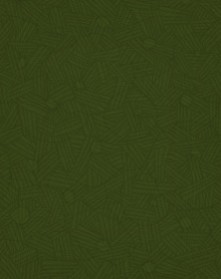
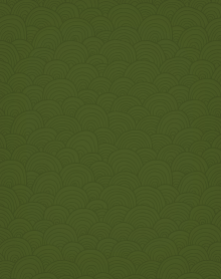
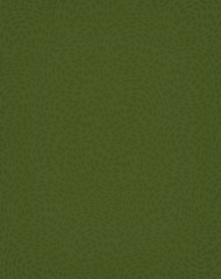
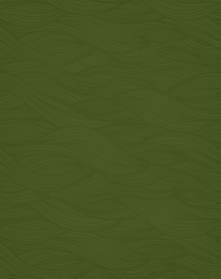
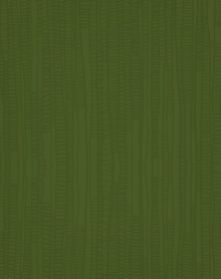
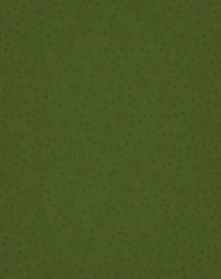
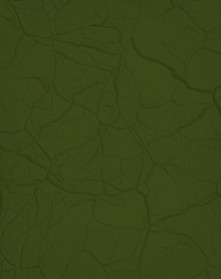
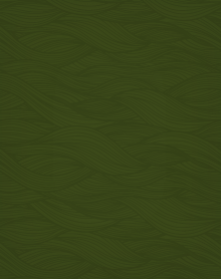
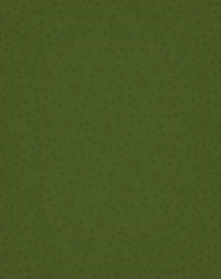
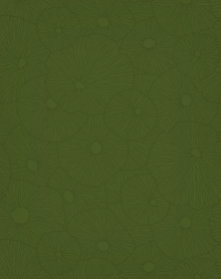
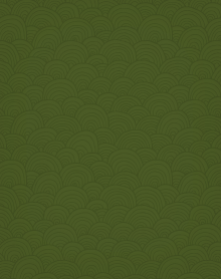
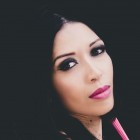
.jpg)
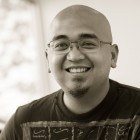
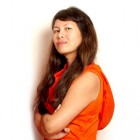
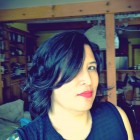
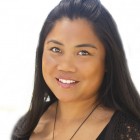
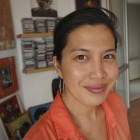
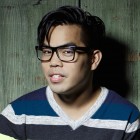
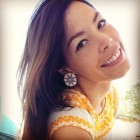
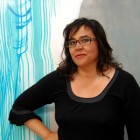
.jpg)
.jpg)
.jpg)

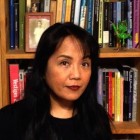
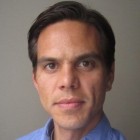
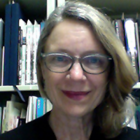
.jpg)
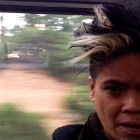
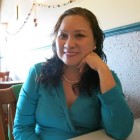

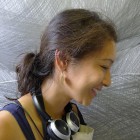

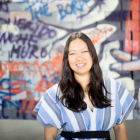
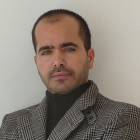
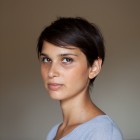
.jpg)
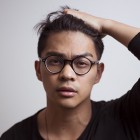
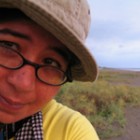
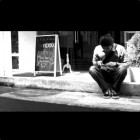
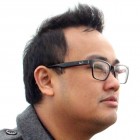
.jpg)

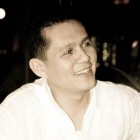
.jpg)
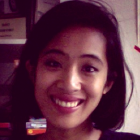
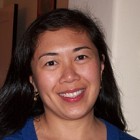
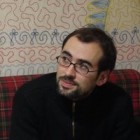
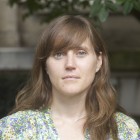
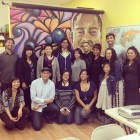
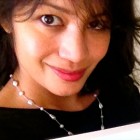
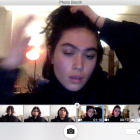
_Cropped.jpg)
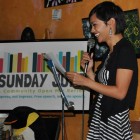
.jpg)
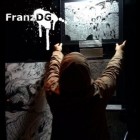
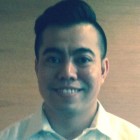
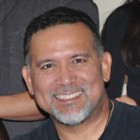
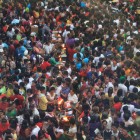
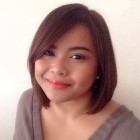
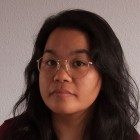
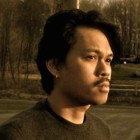
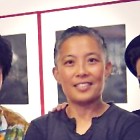
.jpg)
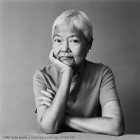
.jpg)
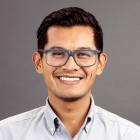
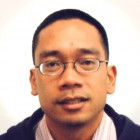
.jpg)
.jpg)
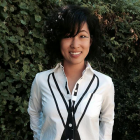
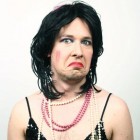
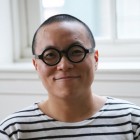
.jpg)
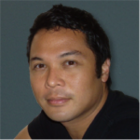

.jpg)
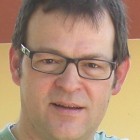
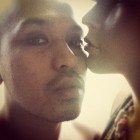
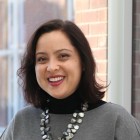
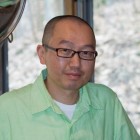
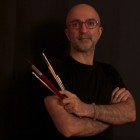
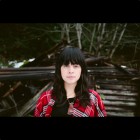
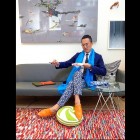
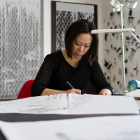
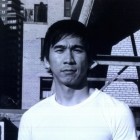
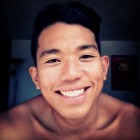
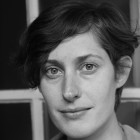
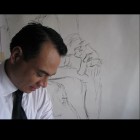
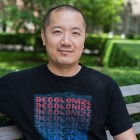
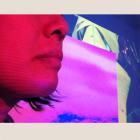
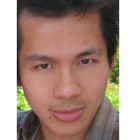
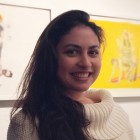
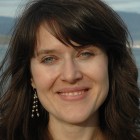
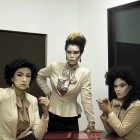
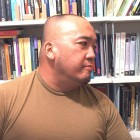
.jpg)
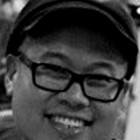
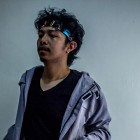
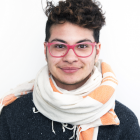
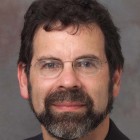
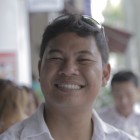
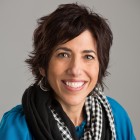
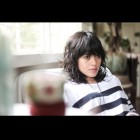
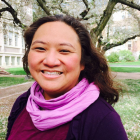
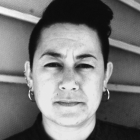

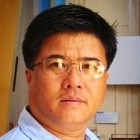
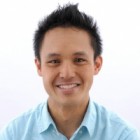
.png)
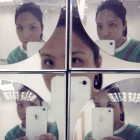
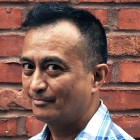
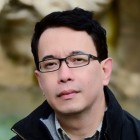
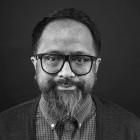
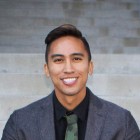
.jpg)
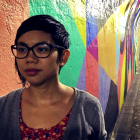
.jpg)
.jpg)
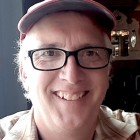
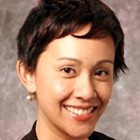
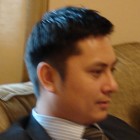
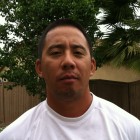
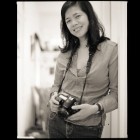
.jpg)
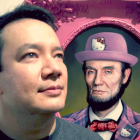
.jpg)
.jpg)
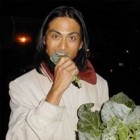
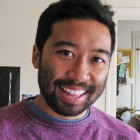

.jpg)
.jpg)
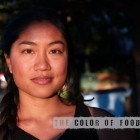
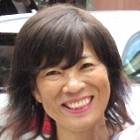
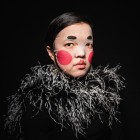
.jpg)
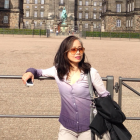
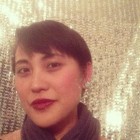
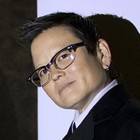
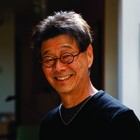
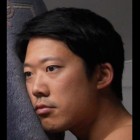
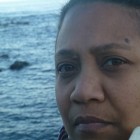
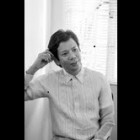
.jpg)
